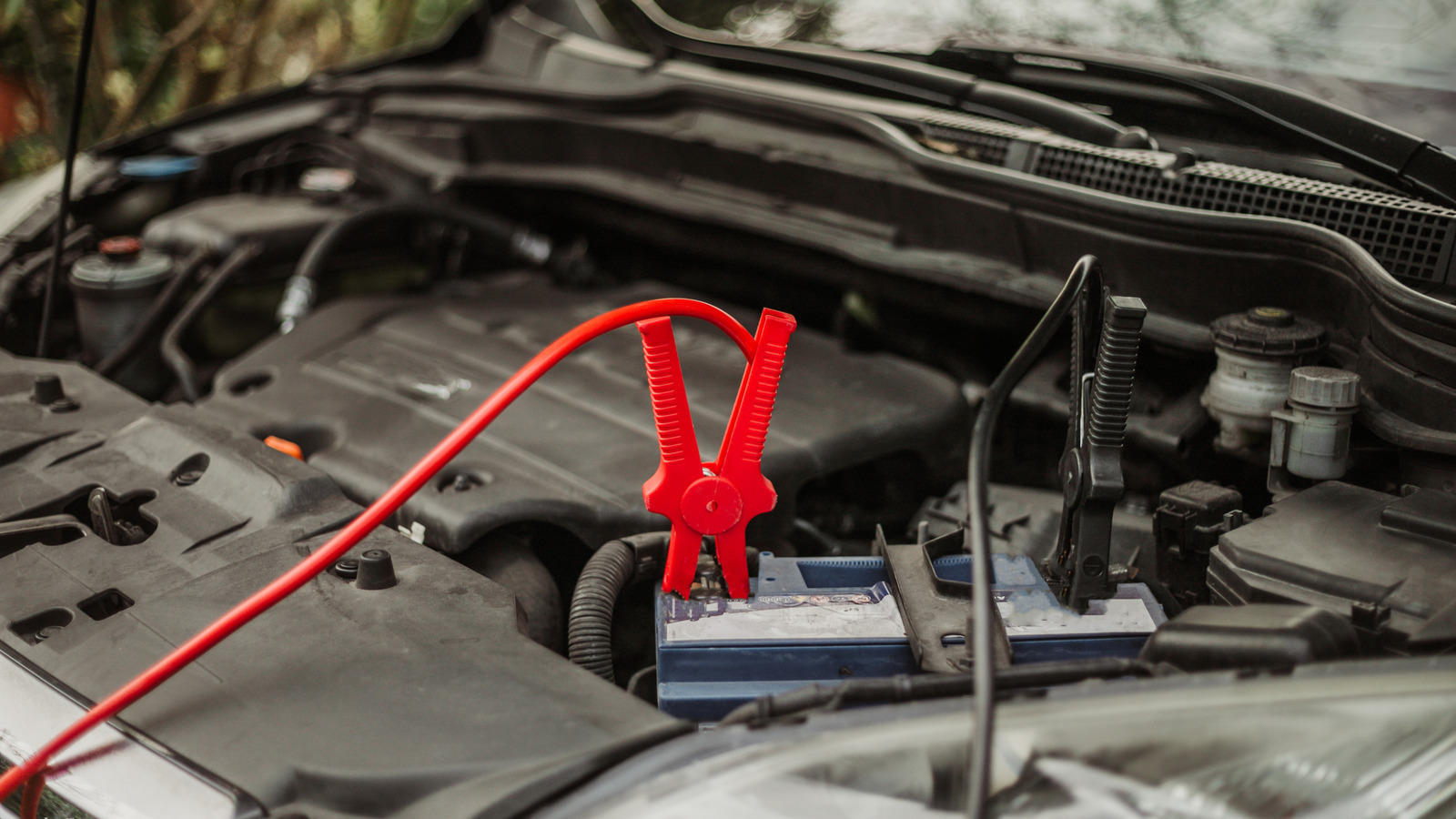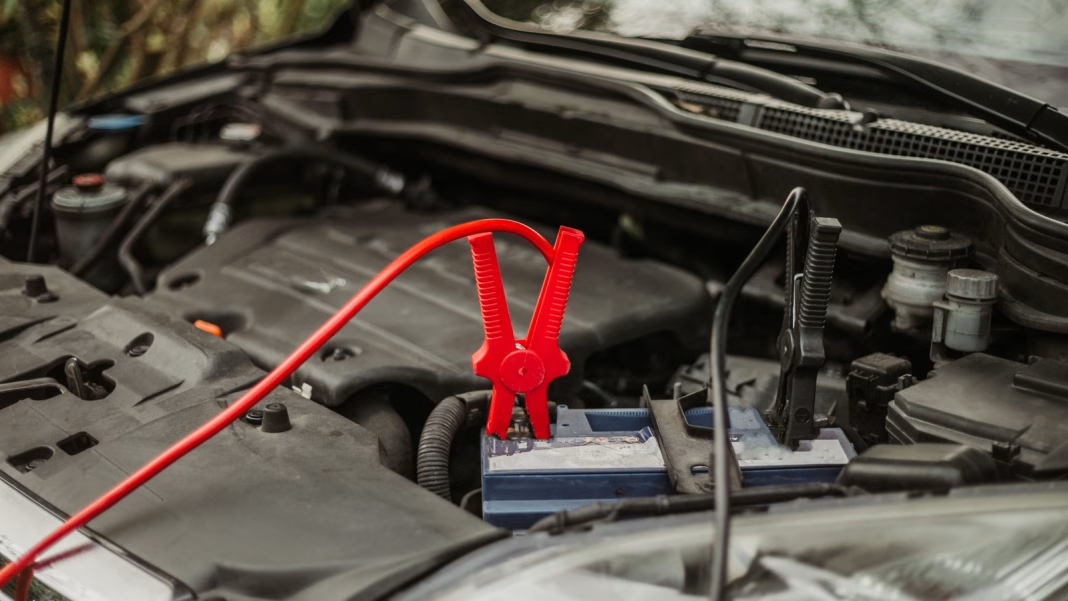Sooner or later, just about every driver faces the dreaded moment when their car battery decides to call it quits. It’s a frustrating experience, but the good news is that jump-starting a car is a skill that can save the day. Once you’ve successfully revived your vehicle, though, you might wonder: what’s next? Let’s dive into the steps you should take after a jump start to ensure your car runs smoothly and to prevent future battery issues.
What Should You Do Immediately After a Jump Start?
Once your car is up and running again, it’s tempting to just hit the road and forget about the whole ordeal. But hold on! There are a few important steps you should take first.
First, let the engine run for a while. Ideally, you want to keep your car running for at least 15 to 30 minutes. This allows the alternator to recharge the battery sufficiently. If you can, take it for a drive instead of just idling. Driving puts more demand on the alternator, helping to recharge the battery more effectively.
If you’ve jumped your car in a parking lot or on the side of the road, it’s a good idea to find a safe place to park and let it run. This way, you can avoid any potential hazards while ensuring your battery gets the charge it needs.
How Long Should You Leave Your Car Running?
After a jump start, the general rule of thumb is to let your car run for at least 30 minutes. This timeframe allows the alternator to replenish the battery’s charge. If you have the option, consider driving around for a bit. Not only will this help recharge the battery, but it also gives you a chance to check if everything is functioning properly.
Keep an ear out for any unusual sounds or warning lights on your dashboard. If something feels off, it’s better to address it sooner rather than later.
What If Your Battery Keeps Dying?
If you find yourself jump-starting your car frequently, it might be time to investigate further. A battery that dies repeatedly could indicate a few issues. First, check the age of your battery. Most car batteries last about three to five years. If yours is nearing the end of its lifespan, it might be time for a replacement.
Another possibility is that your alternator isn’t functioning properly. The alternator is responsible for charging the battery while the engine runs. If it’s failing, your battery won’t get the charge it needs, leading to repeated dead battery scenarios.
You might also want to check for any parasitic drains. This happens when something in your car continues to draw power from the battery even when the car is off, such as a light left on or a malfunctioning electrical component.
Should You Get a Battery Test?
Absolutely! If you’re experiencing battery issues, getting a battery test can provide valuable insights. Many auto parts stores offer free battery testing, and it can help determine if your battery is still good or if it’s time for a replacement.
A professional can also check your charging system to ensure everything is working as it should. This can save you from future headaches and keep your car running smoothly.
Final Thoughts
Experiencing a dead battery can be a hassle, but knowing what to do after a jump start can make a world of difference. Letting your car run for a while, keeping an eye on its performance, and addressing any recurring issues are key steps in maintaining your vehicle’s health.
The big takeaway? A jump start isn’t just about getting back on the road—it’s about taking proactive steps to ensure your car stays reliable. Start with one change this week, whether it’s getting your battery tested or simply being more mindful of your electrical components, and you’ll likely spot the difference by month’s end.


